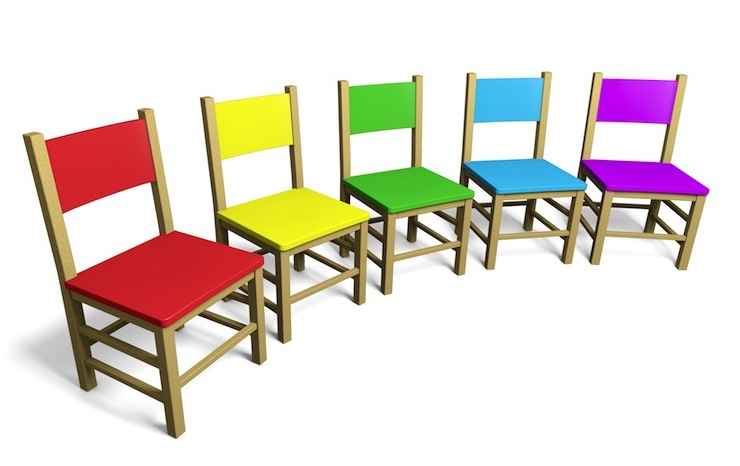December 17, 2012
Make Meetings Effective Using Agile Techniques
This is the second of our article series about using Agile techniques when working in a more traditional requirements environment. Last time we spoke about boosting your requirements documentation. Today, you will learn how to make meetings more effective.
How to make meetings and communication more effective
Communication is a common problem in any project that involves a number of people. You need to communicate well so that all the people involved know the status of relevant activities and are aware of any eventual problems. It’s also important to regularly document the team’s experiences, so that the methodology and work practices continue to evolve.
Agile methodologies encourage daily coordination meetings, or check-ins, within the project. Of course, this is something that every project can benefit from.
It’s often appropriate to hold daily check-ins in the form of short “stand-up” meetings, so that they don’t take too much time; usually the meeting takes less than 10 minutes in a group of 5-7 participants.
During a check-in meeting, you go through what has been accomplished since yesterday, what will be done today, and whether there are any problems that need to be discussed. It’s also a good idea to visualize the progress, with a burn down chart for example.
Daily meetings aside, every iteration should begin with a planning meeting, where the time needed for every development, documentation and test activity is estimated. Iterations should conclude with an evaluation, which in Scrum is called a “retrospective”.
The purpose of these meetings is to find areas for improvement in the process. Planning and evaluation matters tend to require longer meetings, maybe half a day compared to brief meetings such as daily Scrum.
It’s far too common for people to skip over these evaluations in traditional development, all too often with nightmarish results. The result is that you repeat the same mistakes again, and that you don’t integrate good examples that you want to repeat in the next iteration.
A good rule of thumb is that the majority of the meetings are short and concise.
Even very practical considerations like the arrangement of furniture can improve communication.
Agile methodology emphasizes keeping the development group and the customer close together; ideally everyone should sit in the same room. Sitting close to each other is helpful in traditional development too. If it’s not possible to always sit close by each other, you should at least try to do it frequently. Proximity improves communication. If team members sit too far from each other, feelings of “us versus them” can easily arise between different groups such as customers, users and developers.
In situations where you truly must sit in different places, such as when the supplier or the customer are at another site, it’s extremely important to build a unified “team spirit” with the help of kick-offs and other activities. It’s also important to have frequent check-ins for example in the form of weekly meetings and communication by e-mail or maybe chat via for example Skype.
In short, you should have frequent check-in meetings, with the right number of people. Consider shortening certain meetings so as not to waste your time and others’.
Share article
